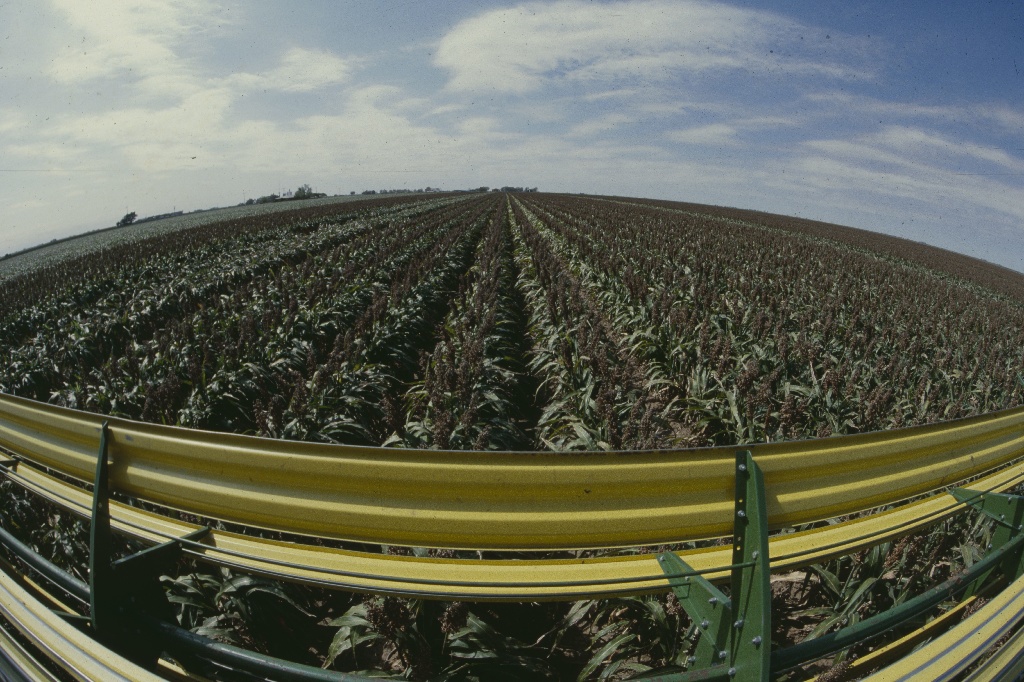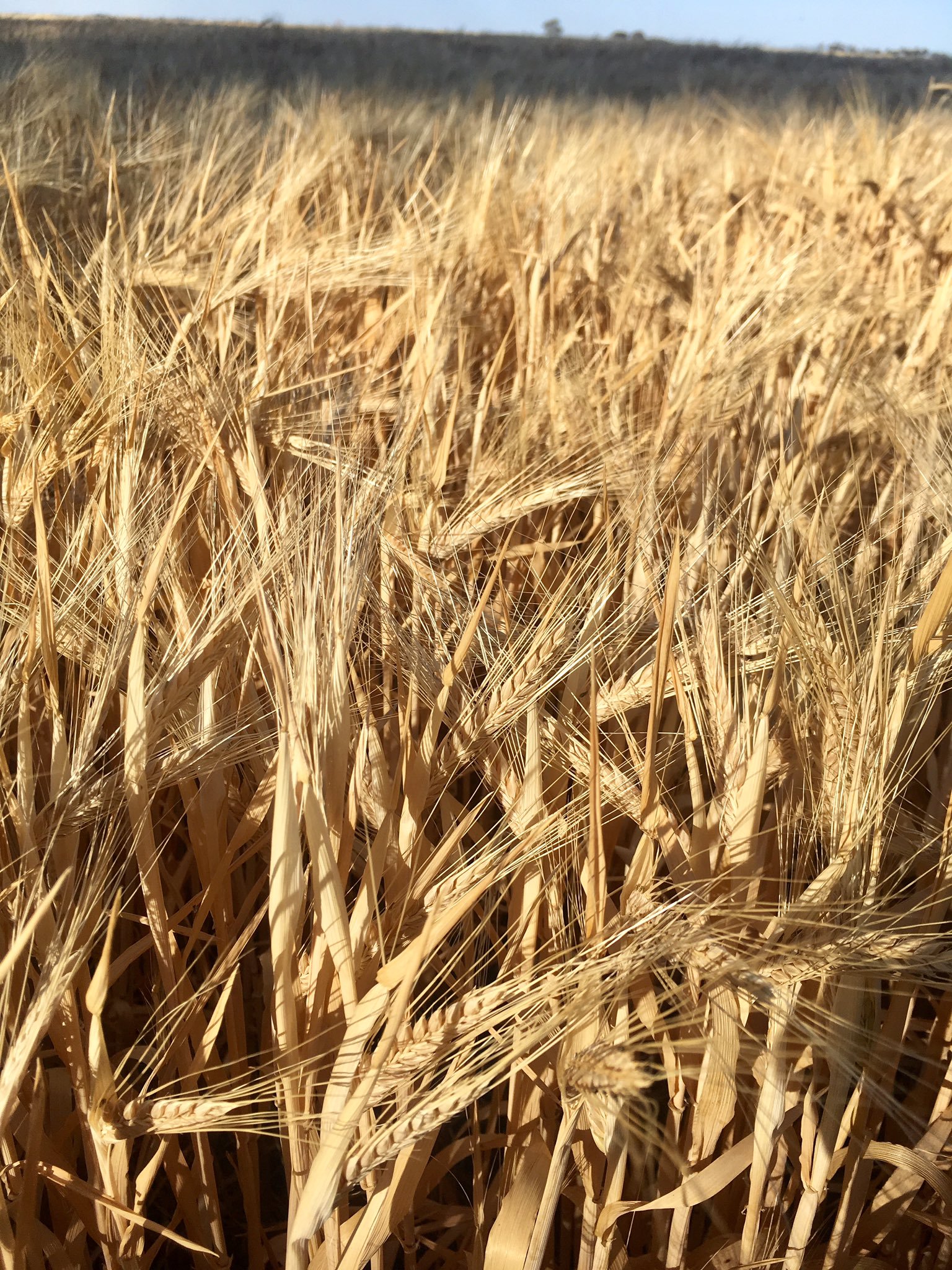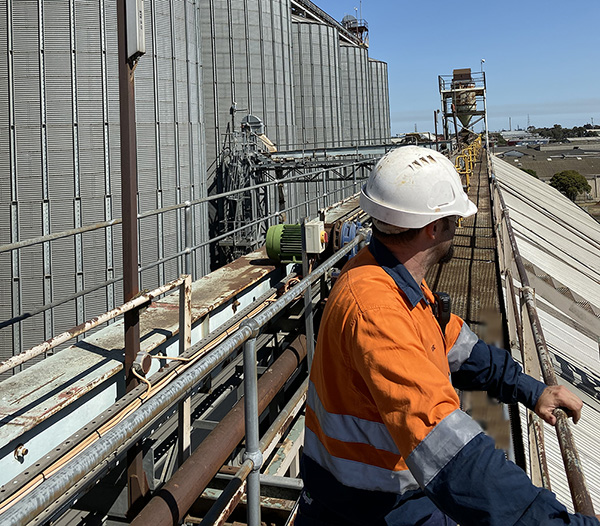Wheat prices dominated by southern markets
by Warren Lander
With most growers in the Central West and Southern New South Wales all but finished harvest, growers will now be looking back on the year and thinking thank god that pain is over and done with and hoping that 2020 is far better.
As for the grain markets, well they really didn’t move in the direction that so many had hoped for pre-harvest. In previous drought effected years as we know, consumers have been falling over each other to secure the grain which has resulted in solid pricing, but that is not the case this year.. As we all know, due to the last two poor years in Central, and Northern New South Wales and into Queensland, the trade and consumer has been able to develop an effective supply chain from out of state. Couple that with freight rebates for primary producers for drought feeding and it has created a base price in the market for the consumer. This has been tested with farmer to farmer barley sales taking place with delivered homes being found in the Southern Slopes area being 330-345 per tonne ex GST delivered, Central West homes at approx. 335-350 per tonne ex GST delivered and homes into the Liverpool Plains and New England region at 390-410 per tonne ex GST delivered. Barley prices at these levels are a somewhat much needed injection of confidence to the grower due to the fact they are a premium to the prices that is being offered by the trade due to the heavy influence of the southern market.
As for wheat, this has been and will continue to be dominated by the southern market due to the fact of a $40-$50 per tonne difference in port pricing, meaning Geelong and Melbourne Zones are far cheaper to purchase wheat from, resulting in lower bids in the Central West. When combined with freight efficiencies that the consumer can make in transport, mainly in rail freight savings, it has effected the local prices for APW / H2 wheat which is hovering around 340-350/mt depending on site. There has been spot pricing of 365-380/mt ex GST on a delivered basis to either container or private buyer warehouses depending on quality, which is showing great resilience in the smaller niche market bucking the trend of the current environment.
It will be interesting now to see where the market goes from here, as harvest pressure is upon us in Victoria. Most growers I have spoken to have sold some of their grain at harvest and are now taking the wait and see approach. If you have focused heavily on capturing all upside or the best current market values, don’t forget about the remaining downside risk that can happen once you have taken your eye off the ball. Too many times all the good work gets undone due to relaxing and not keeping up to date in what is happing with the market or what your grain is worth, this is where now the real risk lies.
Time running out for sorghum

The traditional planting dates for Southern Queensland and Northern New South Wales are passing by and today it feels like we’re on track for the smallest sorghum crop in many years driving prices to levels we have not seen for some time.
Read MoreRains and cooler weather slowing down harvest progress

Last week’s rain events throughout New South Wales saw up to four inches fall in parts, proving to be more of a hinderance than help given the volume of exposed hay sitting in paddocks and maturity of the crop.
Read MoreSmall relief, but can it restore belief?

Much needed rain fell over most of NSW at the end of last week, and then continued right through the weekend as the system moved slowly through inland areas.
Read MoreZERO Harm is not just a goal, it's an expectation

Safety is not a topic that people openly talk about often, until something goes wrong. This week, locations across our business are participating in Cargill’s Global Safety Week, unifying our teams on ZERO HARM.
Read More